Note: This post was written by a real person: me. There are no paywalls, no pop-up menus, no AI, no surveys, and no advertising. All photos by R. Whitescarver.
Calving Season Begins at Whiskey Creek
March is the most exciting time on the farm because most of our calves are born this month. We are up well before dawn every day, as we are all days, but during March we go to bed by nine, and I’m usually pretty exhausted.
At this writing we have 15 babies including one set of twins. We put two babies with hypothermia in the warming box to get their body temperatures up. A cold baby will not nurse, but once its body temperature is back to normal its instinct to nurse rebounds.
Cow 02 had a set of twins, and she accepted both, but one was so small and weak, we stole her and put her in a makeshift stall. She’s now a bottle baby that we feed three times a day.
Tree Planting at Whiskey Creek
We have four riparian forest buffers that were planted in December of 2021 on the Whiskey Creek farm. In one of them, 97 hardwood trees out of 1,500 have since died (6% mortality). In another, on a steep slope, we planted Short Leaf Pines, and most of them died.
This month, three volunteers helped us plant 300 trees and shrubs to replace the dead trees.
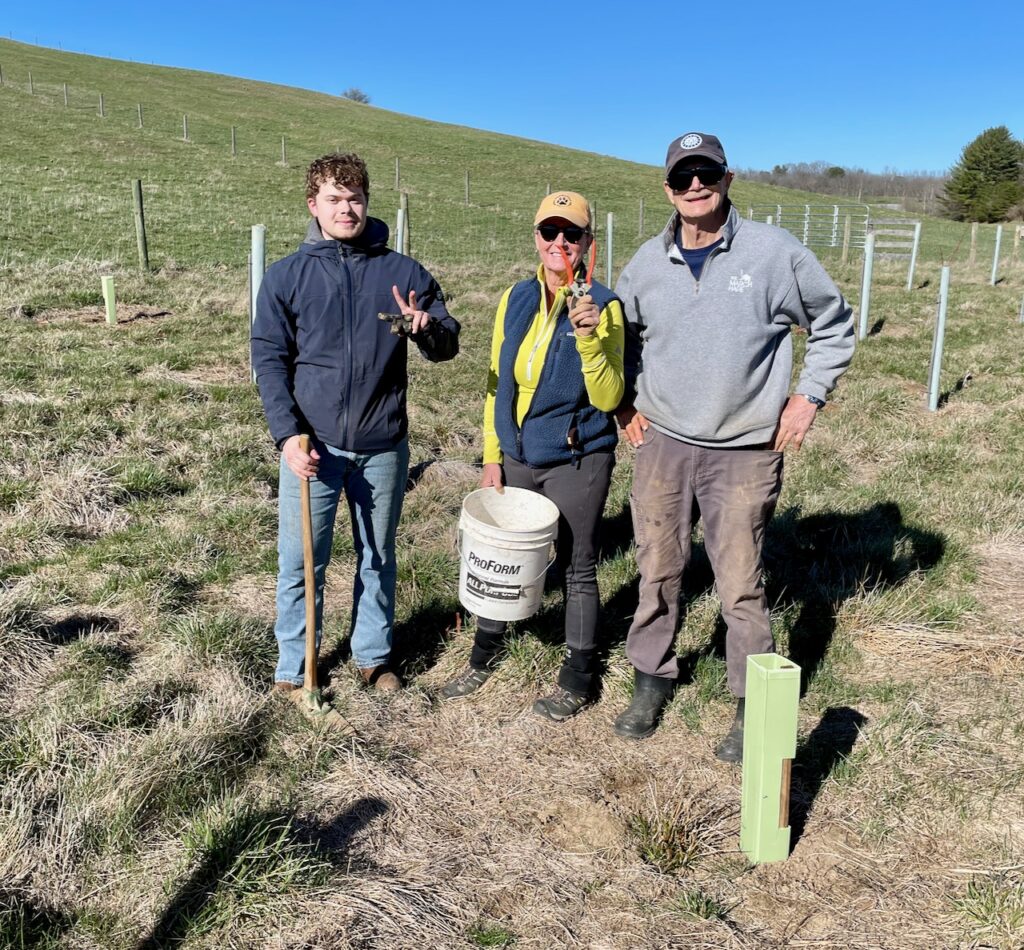
Skyler Hoffman, Becky Wood, and Joe McCue volunteered to help plant 300 trees and shrubs on March 11.
Tree Flopping
What the heck is that? We used five-foot vented tree shelters in the same buffer with a 6 percent mortality. The fast-growing tree seedlings, such as Sycamore, Poplar, and Black Willow, grew so tall so quickly that most of them got too top-heavy and flopped over, breaking their tree shelters.
To remedy this, we removed the shelters that got crimped when the tree flopped and pruned the tree. Potential floppers were pruned to remove some of the top growth, and we replaced the shelter with a bark guard to prevent deer damage. Here’s a report of my observations and recommendations after the second growing season of these buffers.
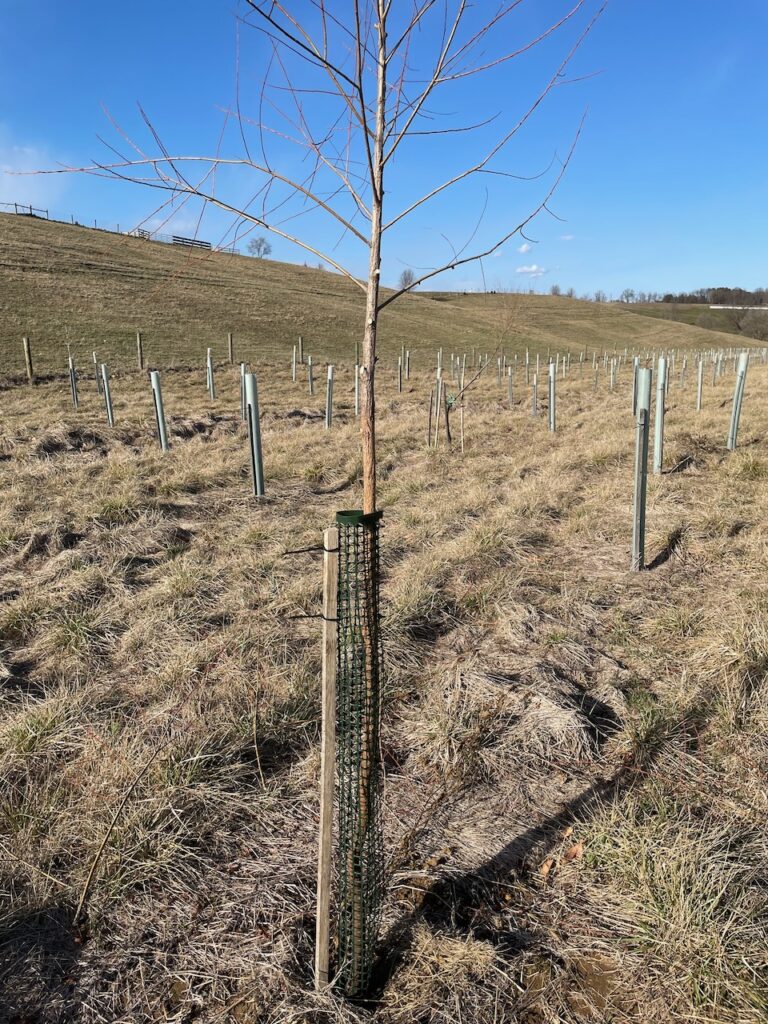
This tree was pruned to remove some of its top growth. Its shelter was removed and replaced with a bark guard before it flopped.
Tree Swallows Arrive at Whiskey Creek
Tree Swallows are the first of four species of swallows to arrive at Whiskey Creek. All of them are migratory, and this year the Tree Swallows arrived from their southern territories in Florida, Cuba, and Mexico on March 15.
The other species of swallows that nest here are Barn Swallows, Cliff Swallows, and Northern Rough-Winged Swallows.
We maintain over 50 nest boxes for cavity-nesting birds such as Tree Swallows, Eastern Bluebirds, Carolina Chickadees, and House Wrens. The aggressive, murdering, invasive, and ubiquitous English Sparrows compete for these nest sites, and we continually try to deter them. Here’s why and how.
Spring, for me, begins when the Tree Swallows arrive. The air is full of birdsong these days; there is not a moment of silence. Eastern Meadowlarks, Cardinals, Carolina Wrens, and Tree Swallows make up part of nature’s symphony. I hope you are enjoying the surge of energy this spring as much as I am.

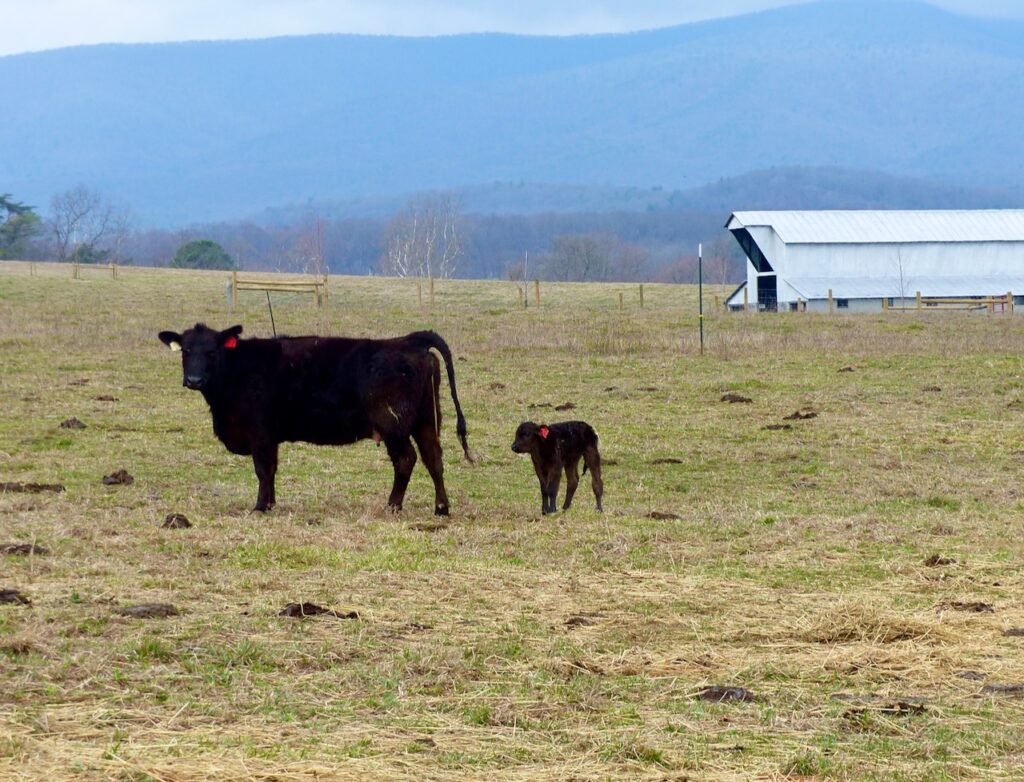
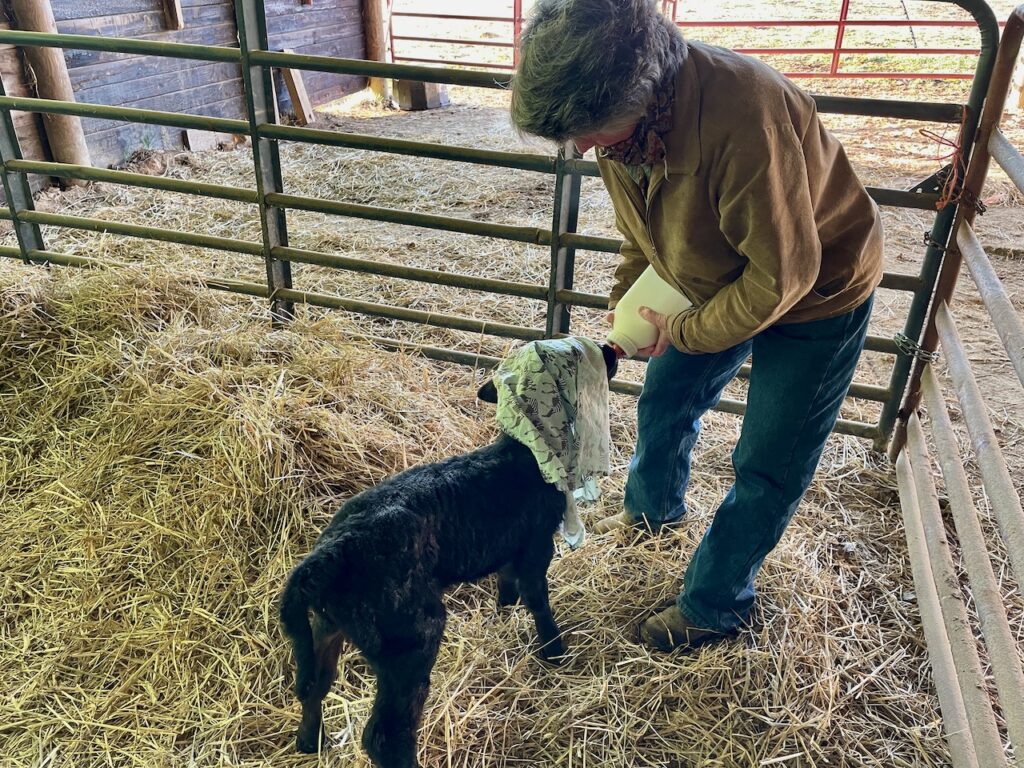
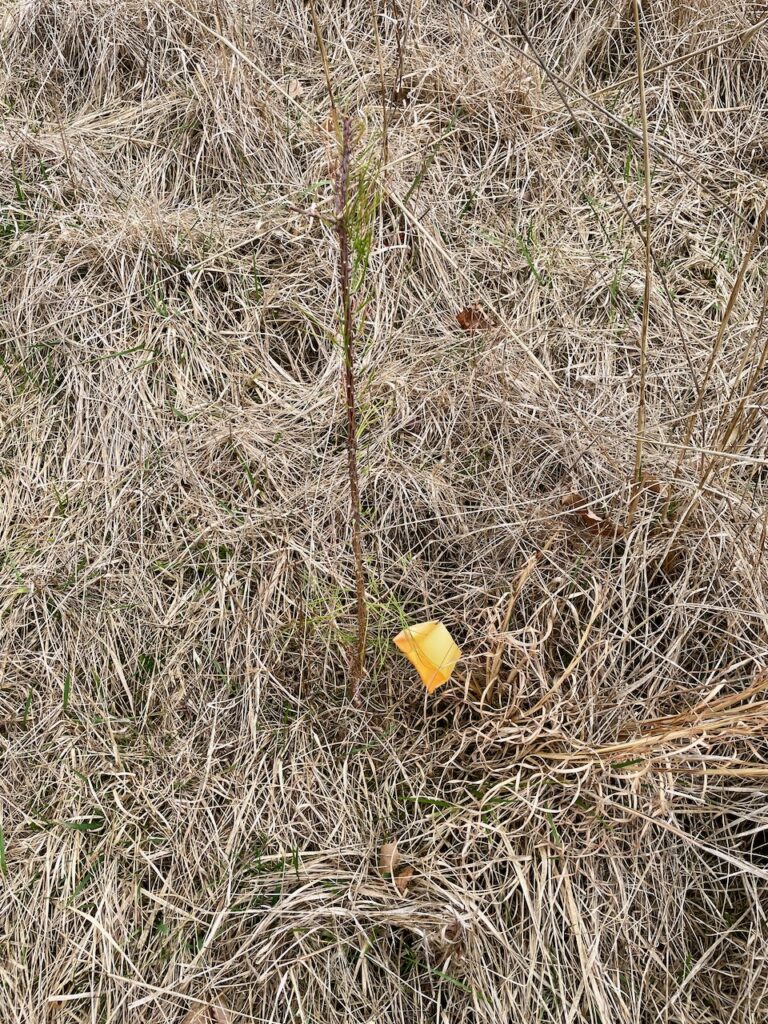

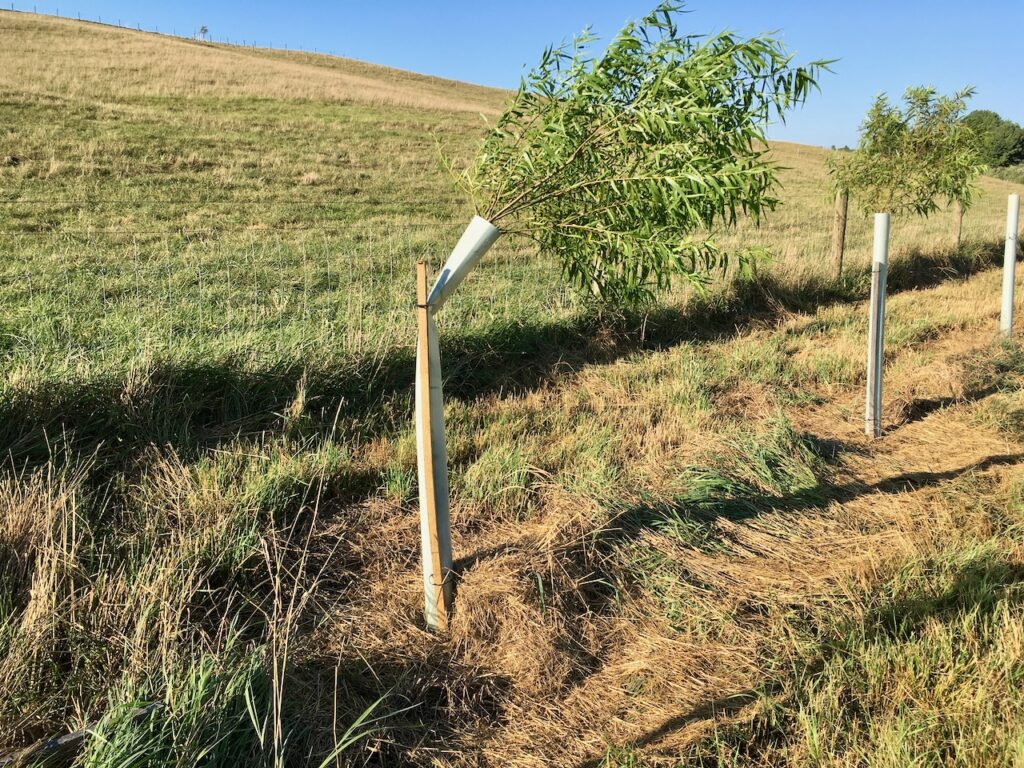
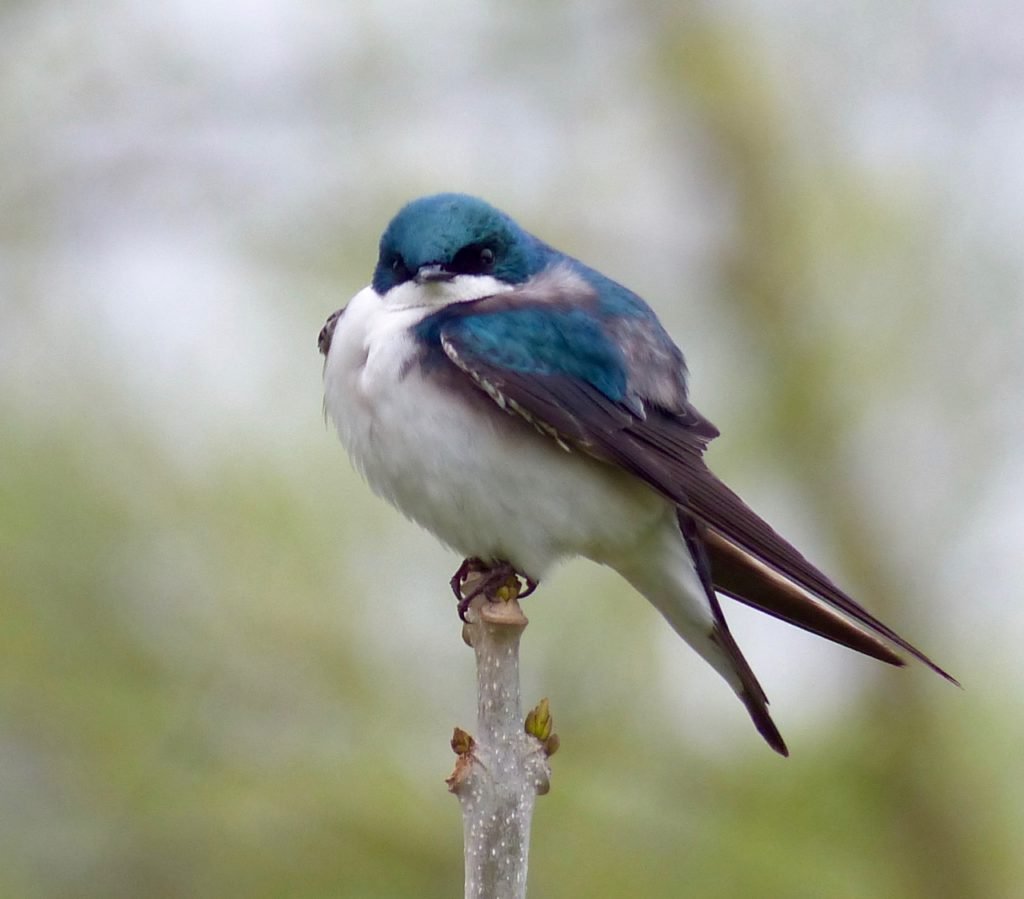
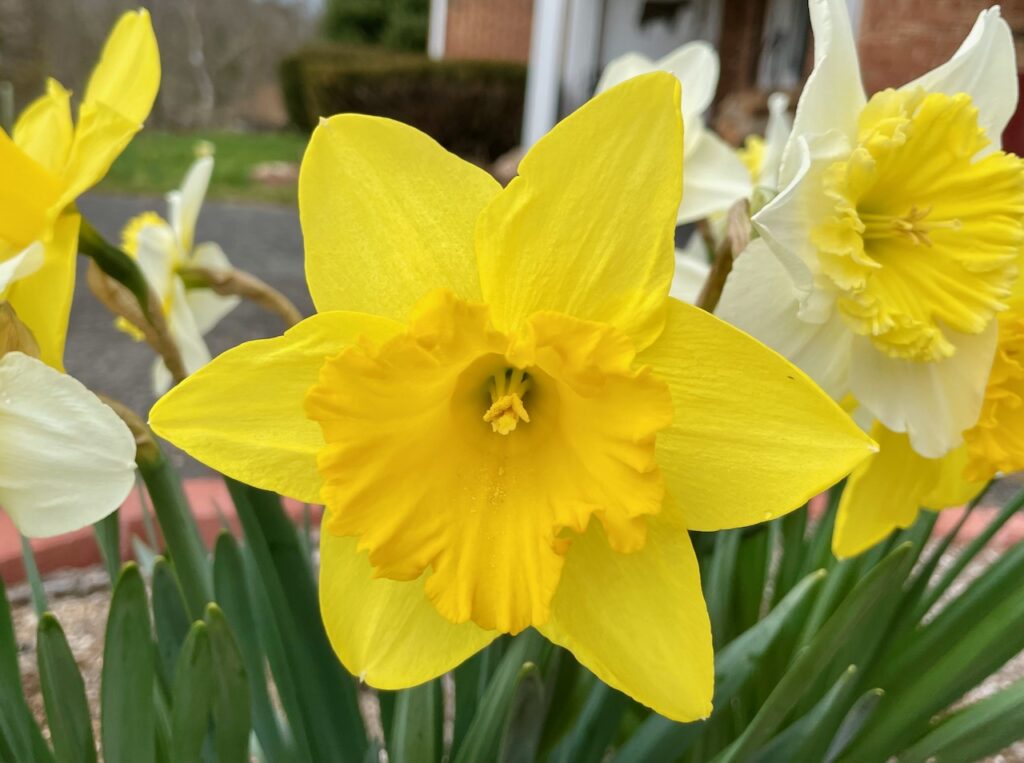
6 Comments
Leave your reply.